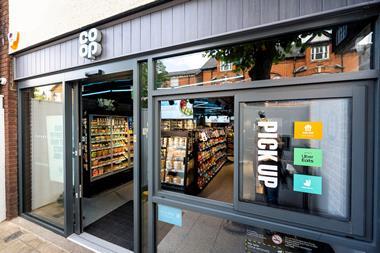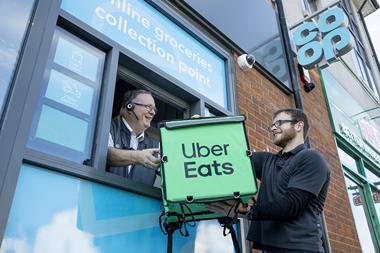Retailers are a reactive bunch. When sales are weak and especially when competitors are being aggressive with prices or advertising, it’s very hard to persuade even a seasoned retailer to hold fire. Usually, we want to reach for the red marker and put out great deals to get the customers flowing in again. There’s nothing that makes us feel more invigorated than an aggressive campaign hitting the streets.
And there’s a lot of that going on at the moment. Since Christmas, we have seen the red posters spread like a stain across the sector, from the housing-dependent stores at the beginning, on to the high street and now nibbling its way into the supermarkets, with the first whiff of
a price war (in Ireland, Tesco is already on a full price war footing with the German discounters).
However bad or long this recession may be, it will pass. Afterwards, retailers will hope to resume normal lives, but not everyone will be able to do so. Some retailers risk winning the (price) war, only to lose the peace afterwards. There is a danger in being so reactive to short-term trends that you lose sight of what you stand for – why customers come to you in the first place. In joining the general melee of offers and price cuts, some retailers may lose their identity and leave core customers wondering if it’s still the same business.
Over the years, I have worked on several retailers that had hit the buffers. They have had few things in common, except that, faced with adverse conditions, they had lost confidence in their core proposition and gone down a path of reactive behaviour that undermined their relationship with loyal customers.
Virgin Megastores diluted its core music range with a vast array of irrelevant products, while Hamleys jacked up prices and cut costs so that all the magic was sucked out of the store and it became known as a tourist rip-off. Superquinn brought in a range of sub-standard fresh foods and pile-’em-high cheap electrical goods to combat discounters, when its market position was supposed to be that of a premium food retailer.
In every case, core customers were alienated by these moves and in no case did the retailer succeed in turning the sales line. If anything, I believe that these actions accelerated the defection of customers.
In every case, the only way I felt able to turn things around was by going back to core values and ditching these initiatives. Even so, it took quite some time to convince customers to give us another chance.
So my advice would be: if price has not been a key part of your positioning, don’t do the knee-jerk thing and slash prices now. Hold your nerve and make the things you’re good at even better. Focus on making the business fitter, able to withstand a sales downturn and ready to emerge with its positioning and core customer base intact.


























No comments yet